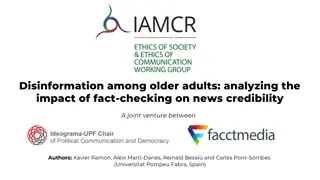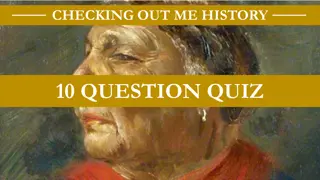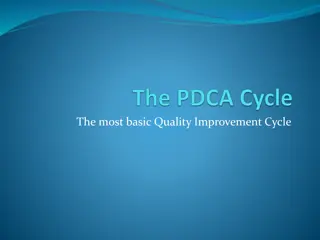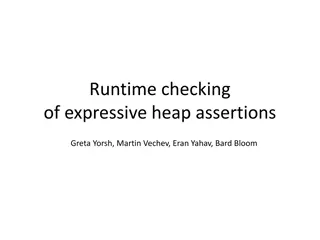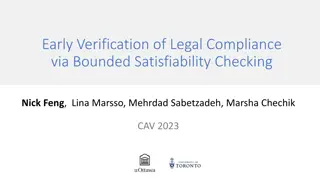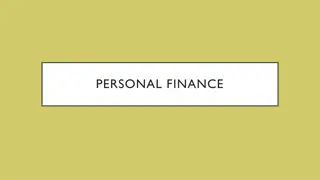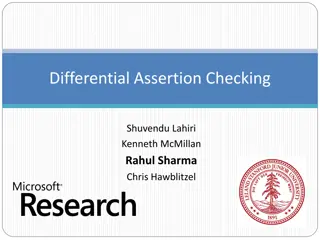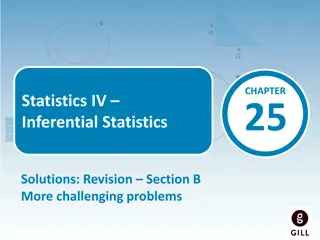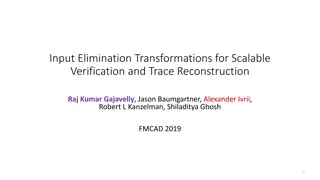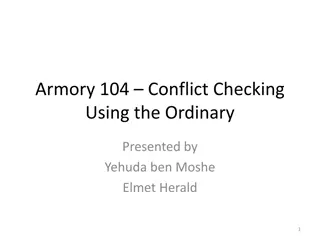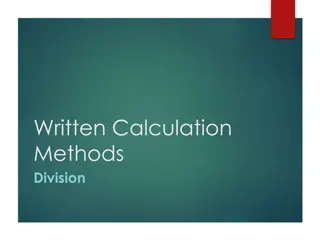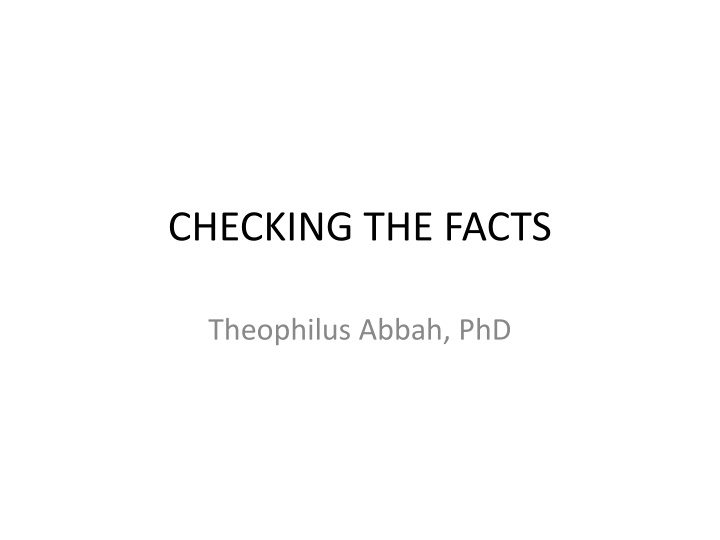
Investigative Journalism: Uncovering the Facts for Truth and Accountability
Delve into the world of investigative journalism and the importance of factual evidence in exposing wrongdoing and corruption. Learn about the various sources of facts and how human sources play a crucial role in bringing transparency and accountability to light.
Download Presentation

Please find below an Image/Link to download the presentation.
The content on the website is provided AS IS for your information and personal use only. It may not be sold, licensed, or shared on other websites without obtaining consent from the author. If you encounter any issues during the download, it is possible that the publisher has removed the file from their server.
You are allowed to download the files provided on this website for personal or commercial use, subject to the condition that they are used lawfully. All files are the property of their respective owners.
The content on the website is provided AS IS for your information and personal use only. It may not be sold, licensed, or shared on other websites without obtaining consent from the author.
E N D
Presentation Transcript
CHECKING THE FACTS Theophilus Abbah, PhD
Introduction YOU ARE BEING WATCHED Because you expose wrong- doing, corruption, wastes, mismanagement, conflict of interest
Introduction What is a FACT? Section 2(1) of Evidence Act defines fact as: (a) any thing, state of things, or relation of things capable of being perceived by the senses; (b) any mental condition of which any person is conscious.
Facts & Investigative Journalism Every investigative reporting is successful if it provides factual evidence to support (1) a tip-off or (2) intelligence information (3) leaked documents Today, the burden of prove of every claim made by an investigative journalist rests of the reporter/newspaper/media that made such claims.
Facts & Sources For IJ there are four sources of facts: 1. Human Sources 2. Material Sources 3. Documentary Sources 4. Digital/Electronic Sources 5. Circumstantial Sources
Human sources Witnesses: they give a vivid account of what has happened Those who are affected by phenomenon being investigated
Human sources Those in authority: Ministers, CEOs, Spokespersons, government officials: regulatory agencies, police, relevant departments. Current Associates of the subject: other companies officials, shareholders, family members employees, clients, competitors Previous associates: former partners, employees, professional associates.
Human Sources Look for more than two experts on the subject matter so that you can have broader perspectives. Some experts are dated; look for current experts as well as older ones. Use the ecological model. Your story is more credible if you have multiples human sources whose perspectives align on the subject- matter.
Human Sources Checks 1. Check the background and be sure he qualifies to speak 2. Check quotes 3. Cross-Check/verify claims made by the source 4. Correct names/designations of individuals and organisations referred to by the human source. 5. What is the sources association/relationship with the subject-matter?
Documentary Sources It is dangerous to write an investigative story by depending on word of mouth alone. Very dangerous! Even if not denied, it could prove that you re too simplistic: minutes of meetings; official reports or decisions; court proceedings; details of registration of companies, etc. But note that government officials are more likely to hide the whole truth from you. International agencies: They have reports, local and international contacts that can help in doing your story, if your report is about their area of specialization.
Documentary Evidence The policy documents Acts of the National Assembly The Annual Budget Reports of investigations by government agencies National Assembly investigative reports Companies Annual Reports Reports of the Auditor-General of the Federation
Evaluating Documentary Evidence Question the source of the document. What might be the motives of the person for providing documents? Is the document genuine? The letterhead, any verifiable names quoted, whether the date makes sense; the language of the document: obvious grammatical errors; official stamp, is it authentic?
Evaluating Documentary Evidence Is the document complete? Pages may be missing. Has anything been erased, scratched out or rendered unreadable. The missing information could put a completely new face on what is read. How current is the information? Ask someone familiar with the issues to verify that it is an up-to-date document, not an old one that has been overtaken by events.
Evaluating Documentary Evidence Is it accurate: ask others who may know whether the facts and figures seem likely, or cross-check them with other documents. Documents can lead to other documents. Try and follow the paper trails.
Digital/Online Sources Information is not free and democratized. Nothing can be hidden under the sun now. An investigative journalist can use the internet to his own advantage [no longer as distraction] Websites Blogs: Some experts blog Twitter: who do you follow? Google Advance Search: You have to learn Google Alerts Whatsapp Groups Discussion forums
Evaluating Online Sources Who owns the website?: read about us . What is their mission? Can you detect their bias? What expertise do the promoters have? Quality of the materials on the website How old is the website? How often is it updated?
Evaluating Online Sources Twitter handle: Is it verified? What is the profile of the person putting out the information? What are his/her areas of interest/expertise? How often does he tweet? What does he tweet about? Who are the persons followers? How many?
Online Sources Whatsapp: Who created the group? What is the group all about? What s the conversation on the group like? Is there a moderator? What is the quality of persons in the group?
Material Evidence Photography: is it cropped? Is there a proper label, that makes it possible to clearly identify the material? Is it complete? If not, why? What does the photograph really say? Look at the dimensions. Does it support the story you have written?
Circumstantial Evidence In law, the circumstances of an act can be considered evidence that what you have discovered actually happened.

